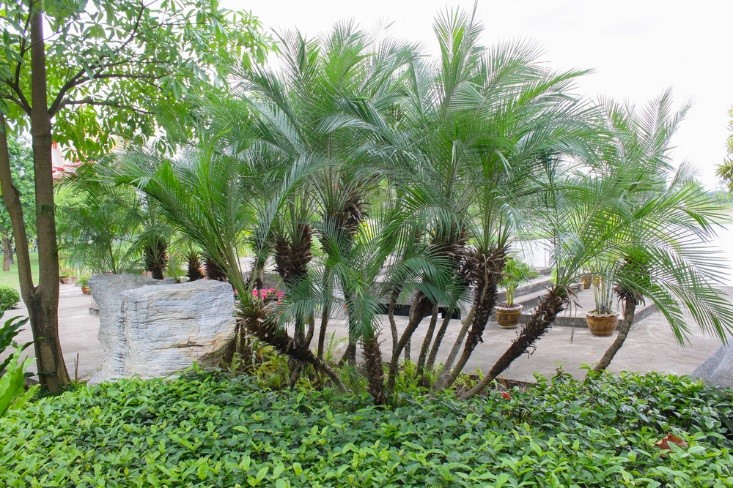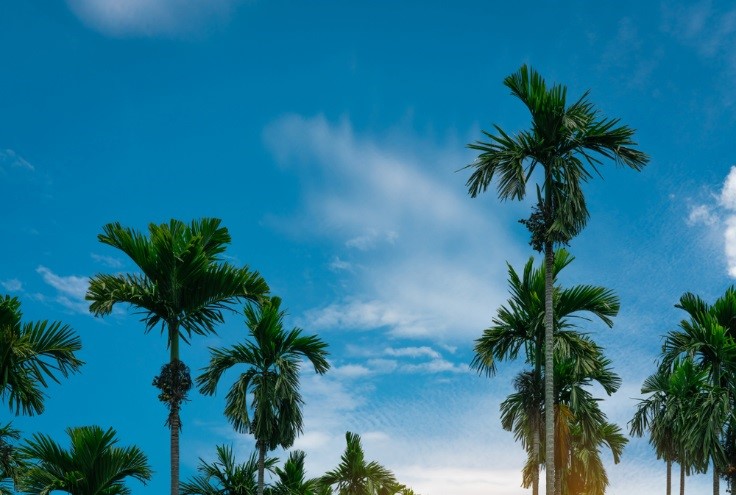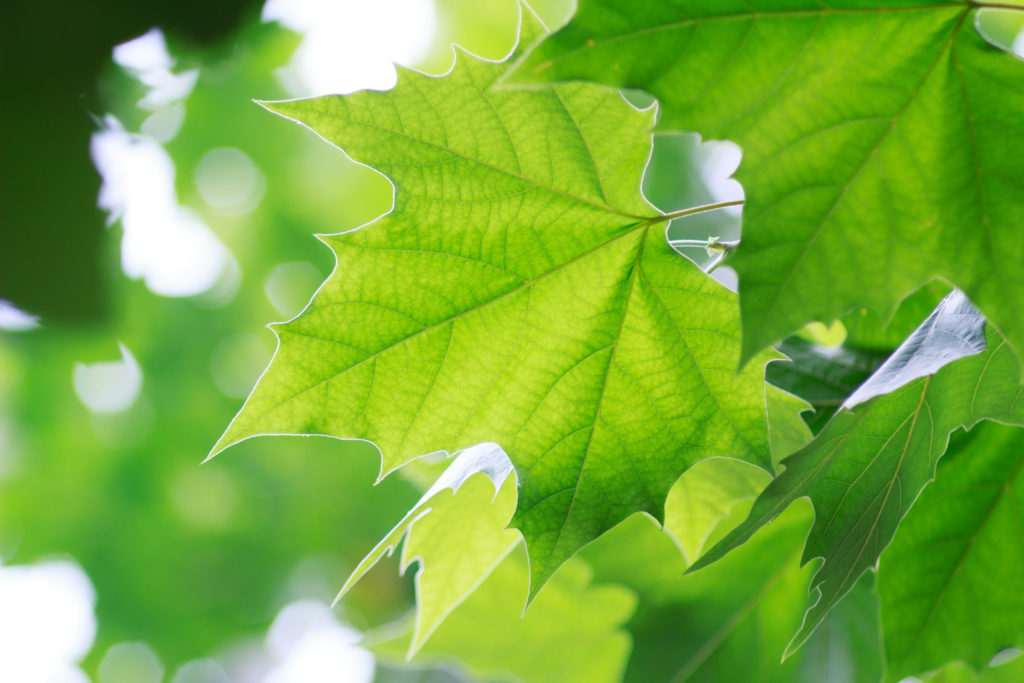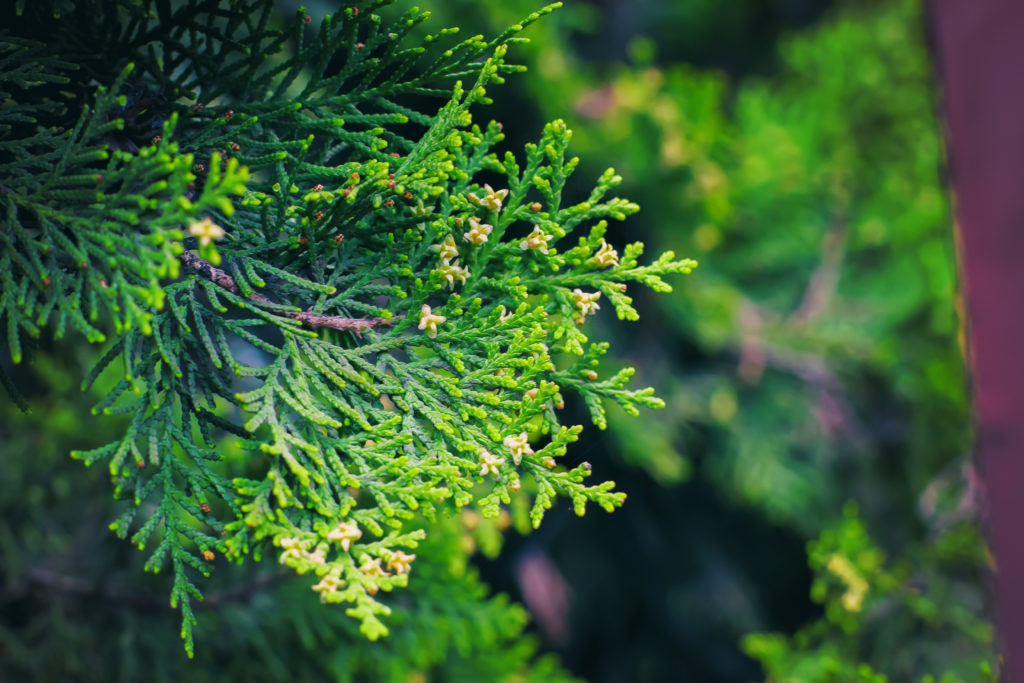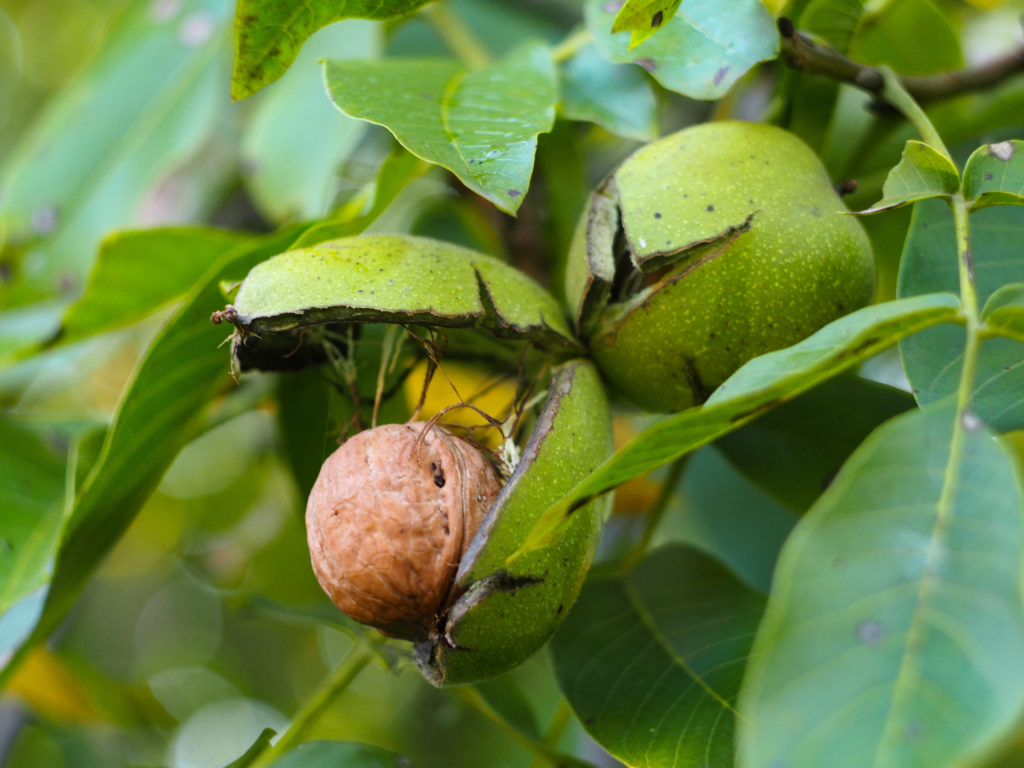Are you looking to improve the appearance of your landscaping through the addition of trees? Let us help you make the right choice by offering these five types of native Florida trees for your home that not only offer a beautiful scenery for you and your family, but also enhance the curb appeal of your home.
*Note: If you’re specifically looking to plant palm trees in your yard for a classic beach vibe, check out our article where we discussed some of the popular types of palm trees to plant.
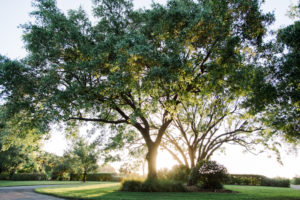
Live Oak
If you’re looking for a sturdy and shady tree to add value and protection from the hot Florida sun, live oaks (Quercus Virginiana) are an excellent option for you. These native Florida trees not only look stunning on properties across the state, with their canopy and arching branches, they can also provide some much appreciated defense against strong winds by acting as a windbreak.
Gumbo Limbo
Another hearty shade giving tree is the gumbo limbo (Bersera Simaruba) which offers a beautiful canopy appearance as well as being able to stand up to the high winds Florida offers. Based on how its red bark peels back like a sunburned tourist, the gumbo limbo is also jokingly known as the Tourist Tree.
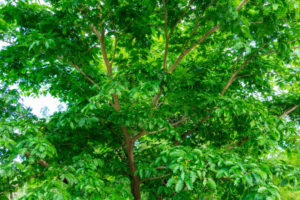
Bulnesia
When you’re searching for ways to increase the value of your home through landscaping, why not consider planting a bulnesia tree? Also known as Vera wood, these fast growing, flowering trees are amazing native plants to place in your yard. Producing attractive yellow flowers multiple times a year, this tree will be quite the centerpiece to your yard while providing refreshing shade for your summertime enjoyment.
Cassia Japonica
As an evergreen and Florida’s apple blossom tree, the cassia japonica offers homeowners the chance to have these alluring flowering trees provide a focal point to their landscaping designs. These trees are rather fast growing and with a range of cassia trees to choose from, you could also attract various types of butterflies to your yard.
Mahogany
Known for its red bark and delicate leaves, a mahogany tree (Swietenia Mahagoni) will be sure to add interest to your landscaping. While it’s an evergreen, mahogany trees do experience some leaf drop; however, you’ll never need to worry about losing out on the shade opportunities this tree produces. For those concerned with the environment and are eco-aware, choosing to plant mahogany also adds to its sustainability due to it being placed on the list of endangered tree species from logging.
Thoughts As you’re planning your landscaping goals, consider planting native Florida trees such as bulnesia or mahogany for both wind protection and amazingly refreshing shade in the summertime. If you find yourself needing help maintaining your trees, give the ISA certified and licensed arborist at The Palms Tree Service, Inc a call for a focused Florida tree service.
